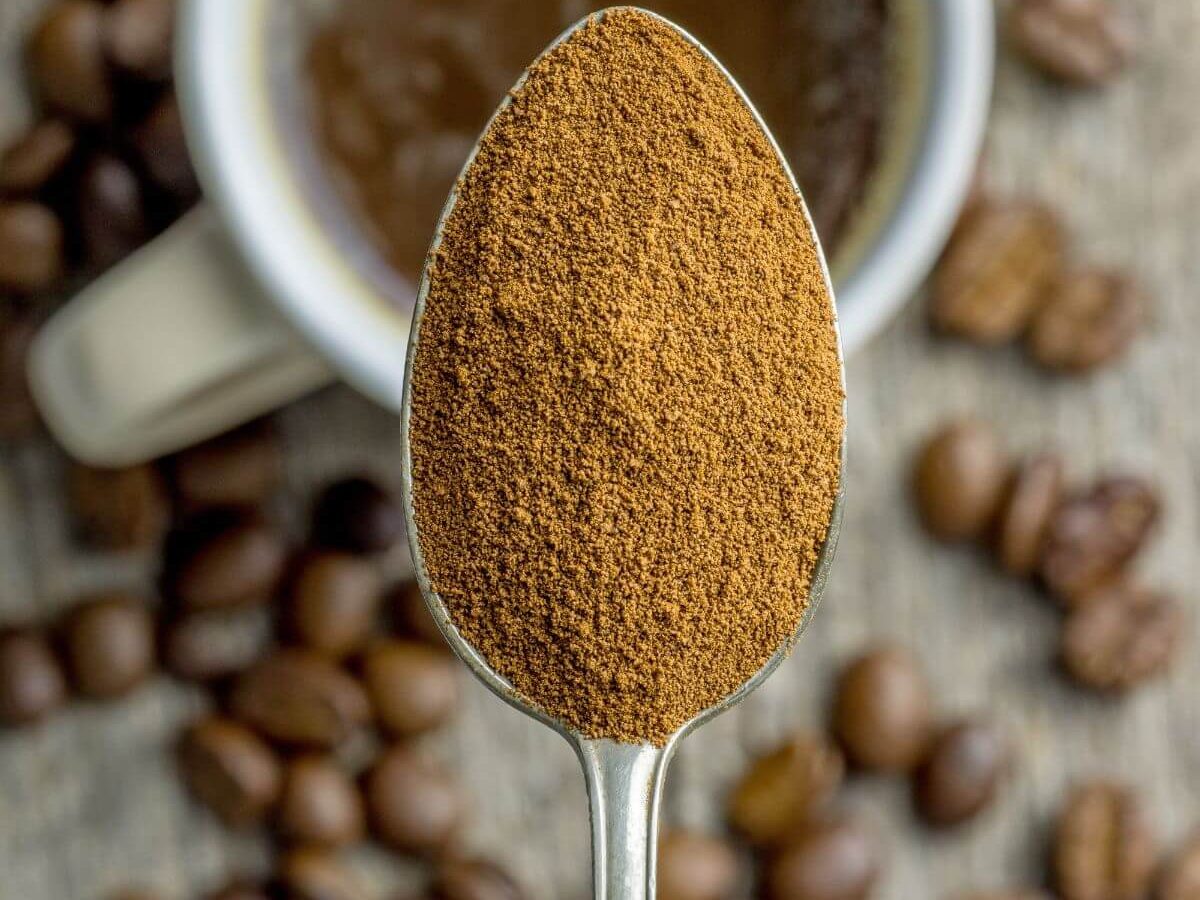

Articles
How To Store Instant Coffee
Modified: January 18, 2024
Learn how to properly store instant coffee to maintain its freshness and flavor. Read our informative articles for tips and tricks on extending the shelf life of your favorite instant coffee.
(Many of the links in this article redirect to a specific reviewed product. Your purchase of these products through affiliate links helps to generate commission for Storables.com, at no extra cost. Learn more)
Introduction
Welcome to the world of instant coffee, where a delicious cup of Joe is just a spoonful away. Whether you’re a busy professional, a college student pulling an all-nighter, or simply a coffee lover who appreciates convenience, instant coffee has become an indispensable part of our daily lives.
But have you ever wondered how to properly store your instant coffee to maintain its flavor and freshness? In this article, we will delve into the nuances of instant coffee storage and explore the factors that can affect its quality over time.
Instant coffee is made by freeze-drying or spray-drying brewed coffee to remove the moisture and create a soluble powder. This powder can then be rehydrated with hot water, resulting in a quick and convenient cup of coffee. However, despite its ease of use, instant coffee is still susceptible to degradation if not stored correctly.
There are several factors that can affect the quality of instant coffee over time. Oxygen, moisture, temperature, and light are the main culprits when it comes to degrading the flavor and aroma of your favorite brew. Let’s take a closer look at each of these factors and how they impact the shelf life of instant coffee.
Oxygen is the arch-nemesis of freshness. Exposure to air can lead to oxidation, causing the coffee to become stale and lose its flavor. Moisture is another enemy as it can cause clumping and spoilage. Temperature fluctuations can also negatively impact the quality of instant coffee, leading to flavor degradation. Lastly, prolonged exposure to light can accelerate the breakdown of coffee compounds, resulting in a less flavorful cup.
To ensure that your instant coffee stays fresh for as long as possible, it’s important to follow some best practices for storage. These practices will help preserve the aroma, flavor, and overall quality of your favorite brew. We will explore these best practices in detail in the following sections.
Additionally, we will discuss how to store instant coffee in various environments, whether you live in a humid tropical climate or a dry desert region. Each environment poses its own challenges, but with the right strategies, you can extend the shelf life of your instant coffee.
Lastly, we will highlight some common mistakes to avoid when storing instant coffee. These mistakes can drastically reduce the lifespan and quality of your coffee, so it’s essential to be aware of them.
So, whether you’re a casual coffee drinker or a die-hard aficionado, understanding how to store instant coffee properly will elevate your coffee experience. Let’s dive in and unravel the secrets to preserving the freshness of your favorite instant brew.
Key Takeaways:
- Properly storing instant coffee is crucial to maintaining its flavor and quality. Factors like oxygen, moisture, temperature, and light can impact its freshness, so use airtight containers, avoid freezing, and store in a cool, dry place.
- Adapting storage methods to your environment, avoiding common mistakes, and following best practices will ensure your instant coffee remains fresh and flavorful. Embrace the convenience and flavor of instant coffee by implementing these tips and strategies.
Read more: How To Store Instant Coffee Long Term
Understanding Instant Coffee
Before we dive into the nitty-gritty of instant coffee storage, let’s take a moment to understand what instant coffee is and how it differs from other coffee types.
Instant coffee, also known as soluble coffee, is made from brewed coffee beans that have been processed to remove the water content. This process involves either freeze-drying or spray-drying the liquid coffee to obtain a concentrated powder.
Freeze-drying involves freezing the brewed coffee and then placing it in a vacuum chamber. The frozen coffee is slowly heated, causing the ice to evaporate, leaving behind dry coffee solids. The resulting powder is then packaged and ready to be rehydrated.
Spray-drying, on the other hand, involves spraying the hot brewed coffee into a fine mist inside a chamber. The droplets quickly dry as they come into contact with hot air, resulting in coffee powder particles. These particles are then collected, processed, and packaged for consumption.
Instant coffee has gained popularity due to its convenience and ease of preparation. It dissolves quickly in hot water, allowing you to enjoy a cup of coffee without the need for brewing equipment or time-consuming processes.
However, it’s important to note that instant coffee is not the same as freshly ground coffee or brewed coffee from beans. The processing methods used to create instant coffee can result in flavor changes and the loss of some volatile compounds found in freshly brewed coffee.
Despite these differences, instant coffee can still provide a satisfying and flavorful cup of joe when stored and prepared properly. The key is to understand the factors that can affect its quality so you can take the necessary steps to preserve its freshness.
Now that we have a basic understanding of instant coffee, let’s explore the factors that can impact its quality during storage.
Factors Affecting Instant Coffee Storage
When it comes to storing instant coffee, several factors come into play that can affect its quality, flavor, and overall freshness. Understanding these factors will help you make informed decisions on how to properly store your instant coffee for maximum shelf life.
1. Oxygen: Oxygen is one of the biggest enemies of fresh coffee. Exposure to air can lead to oxidation, causing the coffee to become stale and lose its flavor. It is important to minimize contact between the coffee and oxygen as much as possible. Seal the coffee container tightly after each use and opt for a packaging method that prevents air from getting inside.
2. Moisture: Moisture is another factor that can significantly impact the quality of instant coffee. When exposed to moisture, the coffee powder can clump together and eventually spoil. To prevent this, store your instant coffee in a dry environment and avoid exposing it to humid conditions. If clumping occurs, gently break up the clumps before using the coffee.
3. Temperature: Temperature fluctuations can have a negative impact on the flavor and aroma of instant coffee. It is best to store your coffee in a cool and dry place, away from direct sunlight and sources of heat. Avoid storing it near the stove, oven, or any other appliance that generates heat. The ideal storage temperature for instant coffee is between 10°C and 25°C (50°F and 77°F).
4. Light: Prolonged exposure to light can accelerate the breakdown of coffee compounds, leading to a less flavorful cup. It is recommended to store instant coffee in a dark or opaque container that blocks out light. If the original packaging is transparent, consider transferring the coffee to an airtight container that protects it from light.
5. Time: Like all food and beverages, instant coffee has a shelf life. It is important to check the expiration or best-by date on the packaging and consume the coffee before it expires. While instant coffee doesn’t necessarily spoil after the expiration date, the quality may deteriorate over time, resulting in a less satisfying taste.
By taking these factors into account, you can significantly extend the shelf life of your instant coffee and maintain its freshness. Now that we have explored the factors affecting instant coffee storage, let’s move on to the best practices for storing your favorite brew.
Best Practices for Storing Instant Coffee
To ensure that your instant coffee stays fresh and maintains its flavor for as long as possible, it’s important to follow some best practices for storage. These practices will help preserve the aroma, taste, and overall quality of your favorite brew. Here are some tips to keep in mind:
- Choose airtight containers: When it comes to storing instant coffee, the key is to minimize its exposure to air. It’s best to transfer the coffee from its original packaging to an airtight container. Choose a container that seals tightly and prevents any air from entering. Mason jars, resealable plastic containers, or coffee storage canisters with airtight seals work well.
- Store in a cool, dry place: Heat and moisture are enemies of coffee freshness. Find a cool and dry spot in your kitchen or pantry to store your instant coffee. Avoid storing it near the stove, oven, or any other appliance that generates heat. A cupboard or cabinet away from direct sunlight is an ideal location.
- Avoid freezing: Unlike whole coffee beans, it is not recommended to freeze instant coffee. The freeze-thaw cycle can lead to moisture absorption and affect the texture and flavor of the coffee. It’s best to store instant coffee at room temperature.
- Do not refrigerate: While refrigerating instant coffee may seem like a good idea to extend its shelf life, it can actually result in moisture condensation and affect the quality of the coffee powder. It’s best to keep your instant coffee in a cool, dry pantry rather than the refrigerator.
- Keep away from strong odors: Instant coffee is susceptible to absorbing strong odors from its surroundings. To ensure that your coffee retains its original flavor, store it away from any strong-smelling items or spices that can transfer their aroma.
- Do not grind: As tempting as it may be to grind your instant coffee into a finer powder, it is not necessary and can actually lead to loss of flavor and quality. Instant coffee is already processed and ground to the right consistency, so there is no need for further grinding.
Following these best practices will help prolong the freshness and quality of your instant coffee. By keeping your coffee in an airtight container, storing it in a cool, dry place, and avoiding freezing or refrigeration, you can ensure that each cup of coffee is as flavorful as the first.
Now that you know the best practices for storing instant coffee, let’s explore how to store it in various environments, whether you live in a humid tropical climate or a dry desert region.
Store instant coffee in an airtight container in a cool, dark place to maintain its freshness and flavor. Avoid exposure to moisture, heat, and light.
Storing Instant Coffee in Various Environments
Whether you live in a humid tropical climate or a dry desert region, the environment can impact the storage of your instant coffee. It’s important to adapt your storage methods to the specific conditions of your surroundings. Here are some tips for storing instant coffee in different environments:
- Humid Climate: Living in a humid climate can be challenging when it comes to preserving the freshness of your coffee. Moisture in the air can cause clumping and spoilage. To combat this, store your instant coffee in an airtight container with a moisture-absorbing packet. These packets, often found in food packaging, can help remove excess moisture and keep the coffee powder dry. Additionally, consider placing the airtight container in a cool and dry area of your kitchen or pantry.
- Dry Climate: In dry climates, the lack of humidity can lead to moisture evaporation from the coffee, potentially affecting its flavor and quality. To counteract this, make sure to seal the coffee container tightly after each use and consider using a smaller container to minimize the amount of air inside. You can also place a small bowl of water near the coffee container to enhance the moisture level in the surrounding area, without directly exposing the coffee to the water.
- Extreme Temperatures: If you live in an area with extreme temperatures, such as extremely high or low temperatures, it’s important to be vigilant about proper coffee storage. Extreme heat can accelerate the degradation of the coffee’s flavor, while extreme cold can affect the texture and aroma of the powder. Find a cool and stable temperature location in your home, away from direct sunlight and sources of heat. The ideal temperature range for storing instant coffee is between 10°C and 25°C (50°F and 77°F).
- Traveling: When traveling, it’s essential to pack your instant coffee carefully to ensure its freshness. Opt for travel-sized, airtight containers that can fit in your luggage or backpack. Make sure the containers are sturdy and well-sealed to prevent any leaks or spills. It’s also a good idea to pack the coffee containers in a separate ziplock bag or pouch to protect them from potential changes in temperature and humidity.
Remember, adapting your coffee storage methods to the environment you’re in will help maintain the freshness and quality of your instant coffee. Whether it’s a humid climate, dry region, extreme temperatures, or during your travels, these tips will ensure that you can enjoy a delicious cup of coffee no matter where you are.
Now that we have covered how to store coffee in various environments, let’s explore some common mistakes to avoid during the storage process.
Read also: 9 Best Instant Coffee Machine for 2024
Common Mistakes to Avoid
When it comes to storing instant coffee, there are some common mistakes that people often make, unknowingly compromising the quality and freshness of their brew. By avoiding these mistakes, you can help ensure that your instant coffee retains its flavor and aroma for as long as possible. Here are some common mistakes to avoid:
- Leaving the package open: One of the most common mistakes is failing to seal the instant coffee package tightly after each use. Exposure to air can lead to oxidation and loss of flavor. Always make sure to reseal the package or transfer the coffee to an airtight container immediately after use to minimize air contact.
- Storing coffee near strong odors: Instant coffee has a tendency to absorb odors from its surroundings, which can affect its taste. Avoid storing your coffee near strong-smelling items like spices, cleaners, or other foods with strong aromas. Keep it in a separate area to maintain its original flavor.
- Using a damp spoon: When scooping instant coffee, make sure your spoon is completely dry. Using a damp spoon can introduce moisture into the coffee container, leading to clumping and spoilage. Always ensure that the spoon is clean and dry before using it to measure the coffee.
- Exposing coffee to direct sunlight: Prolonged exposure to sunlight can accelerate the breakdown of coffee compounds, negatively impacting the flavor and aroma. Keep your instant coffee away from direct sunlight and store it in a dark or opaque container, if possible.
- Storing coffee in the refrigerator or freezer: While it may seem logical to store instant coffee in the refrigerator or freezer to extend its shelf life, this can actually have adverse effects. The moisture and temperature fluctuations inside the fridge or freezer can cause the coffee to deteriorate. It is best to store instant coffee at room temperature in a cool, dry place.
- Adding coffee powder to hot water: In an attempt to dissolve the coffee quickly, some people make the mistake of adding the coffee powder directly to a mug of hot water. This can result in lumps and uneven distribution of the coffee. To prevent this, always dissolve the coffee powder in a small amount of hot water or milk first, and then gradually add the remaining liquid.
By avoiding these common mistakes, you can optimize the storage conditions for your instant coffee and ensure that each cup is fresh and flavorful. Remember to seal the package tightly, store the coffee away from strong odors and sunlight, use a dry spoon, and follow the recommended storage guidelines.
Now that we have covered the common mistakes to avoid, let’s address some frequently asked questions about storing instant coffee.
Frequently Asked Questions (FAQs)
Here are some commonly asked questions about storing instant coffee, along with their answers:
Q: Can I store instant coffee in the freezer?
A: It is not recommended to store instant coffee in the freezer. The moisture and temperature fluctuations inside the freezer can affect the quality and texture of the coffee powder. It is best to store instant coffee at room temperature in a cool, dry place.
Q: How long does instant coffee last?
A: The shelf life of instant coffee can vary depending on factors such as packaging, storage conditions, and the expiration date provided by the manufacturer. Typically, instant coffee can stay fresh for up to 2 years if stored properly. However, it is best to check the expiration or best-by date on the packaging and consume the coffee before it expires for optimal freshness.
Q: Can I store instant coffee in the refrigerator?
A: Storing instant coffee in the refrigerator is not recommended. The moisture and temperature fluctuations inside the fridge can lead to moisture absorption and affect the quality of the coffee powder. It is best to store instant coffee at room temperature in a cool, dry place away from direct sunlight.
Q: Should I grind my instant coffee?
A: No, it is not necessary to grind instant coffee. Instant coffee is already processed and ground to the right consistency for easy dissolution. Further grinding can result in changes in texture and flavor, reducing the quality of the coffee.
Q: Can instant coffee go bad?
A: Instant coffee does not necessarily go bad after the expiration or best-by date, but its flavor and quality may deteriorate over time. It is best to consume instant coffee before the expiration date for the best taste experience.
Q: How can I prevent clumping in my instant coffee?
A: To prevent clumping, store your instant coffee in a cool, dry place and avoid exposing it to moisture. If clumping occurs, gently break up the clumps before using the coffee. You can also add a moisture-absorbing packet to the coffee container to help absorb excess moisture.
These are just a few of the commonly asked questions about storing instant coffee. If you have any other specific questions or concerns, it’s always a good idea to refer to the manufacturer’s recommendations or consult with coffee experts for personalized advice.
Now that we have addressed the frequently asked questions, let’s wrap up our discussion on proper instant coffee storage.
Conclusion
Properly storing instant coffee is essential for preserving its flavor, aroma, and overall quality. By understanding the factors that can affect the storage of instant coffee, following best practices, and avoiding common mistakes, you can ensure that each cup of coffee is as fresh and flavorful as the first.
Oxygen, moisture, temperature, light, and time are the key factors that can impact the quality of instant coffee during storage. Minimizing the exposure of coffee to air, storing it in a cool and dry place, and protecting it from light are key steps in maintaining its freshness. Additionally, using airtight containers, avoiding freezing or refrigeration, and keeping coffee away from strong odors are crucial for optimal storage conditions.
Whether you are living in a humid climate, a dry region, or facing extreme temperatures, it’s important to adapt your storage methods accordingly. By understanding the specific challenges of your environment and implementing the appropriate strategies, you can extend the shelf life of your instant coffee and enjoy a great cup even in challenging conditions.
Avoiding common mistakes, such as leaving the package open, storing coffee near strong odors, using a damp spoon, exposing coffee to direct sunlight, and grinding instant coffee, will help maintain the quality of your brew. By following these best practices and avoiding these mistakes, you can ensure that your instant coffee remains fresh, flavorful, and enjoyable for a longer period.
Remember, instant coffee is a convenient and versatile option for coffee lovers around the world. Taking the time and effort to store it properly will reward you with a consistently delicious cup of coffee, whether you’re starting your day, need an afternoon pick-me-up, or simply want to indulge in a warm and comforting beverage.
So, embrace the world of instant coffee and make the most of its convenience and flavor by implementing the tips and strategies outlined in this article. Cheers to a perfectly stored and deliciously brewed cup of instant coffee!
Frequently Asked Questions about How To Store Instant Coffee
Was this page helpful?
At Storables.com, we guarantee accurate and reliable information. Our content, validated by Expert Board Contributors, is crafted following stringent Editorial Policies. We're committed to providing you with well-researched, expert-backed insights for all your informational needs.
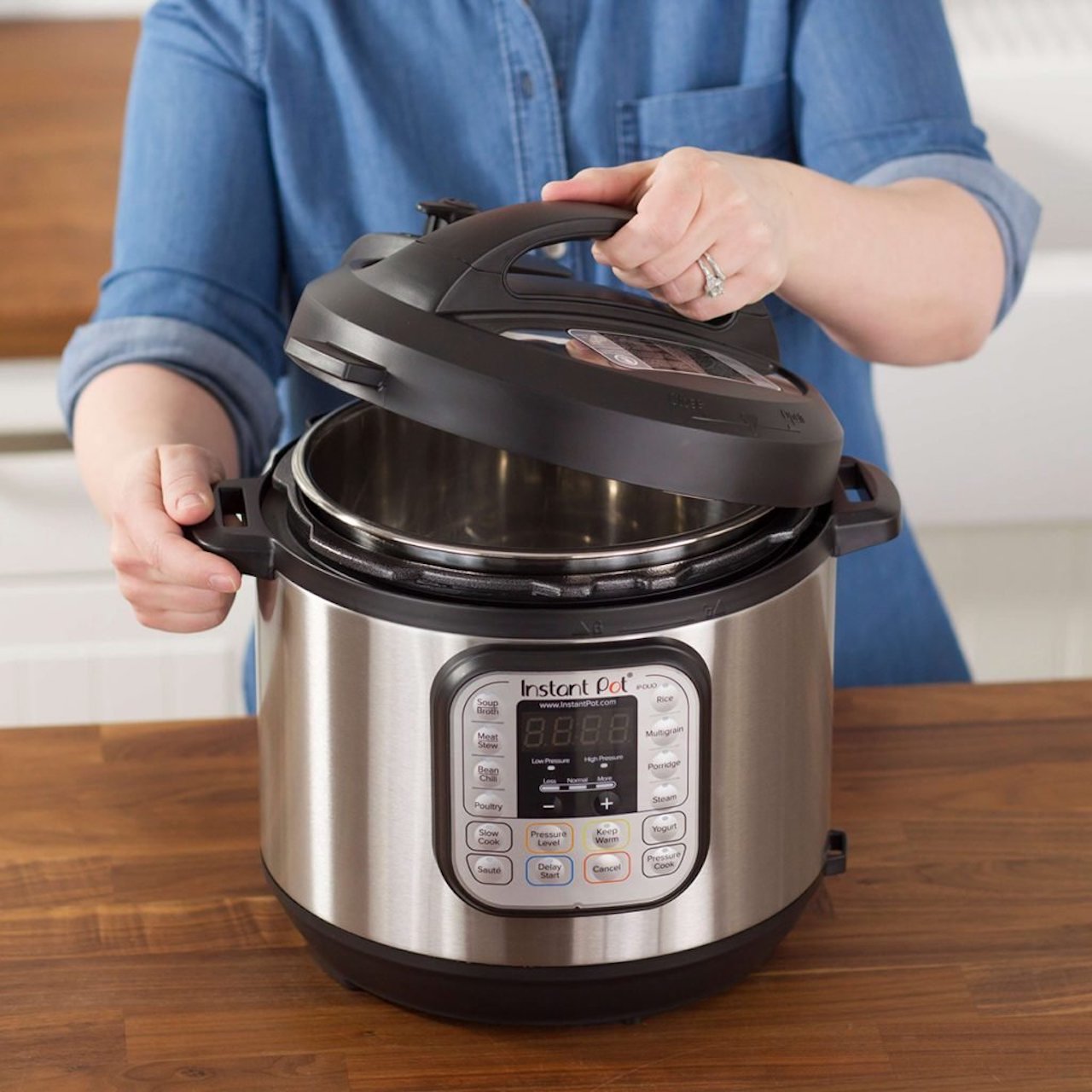
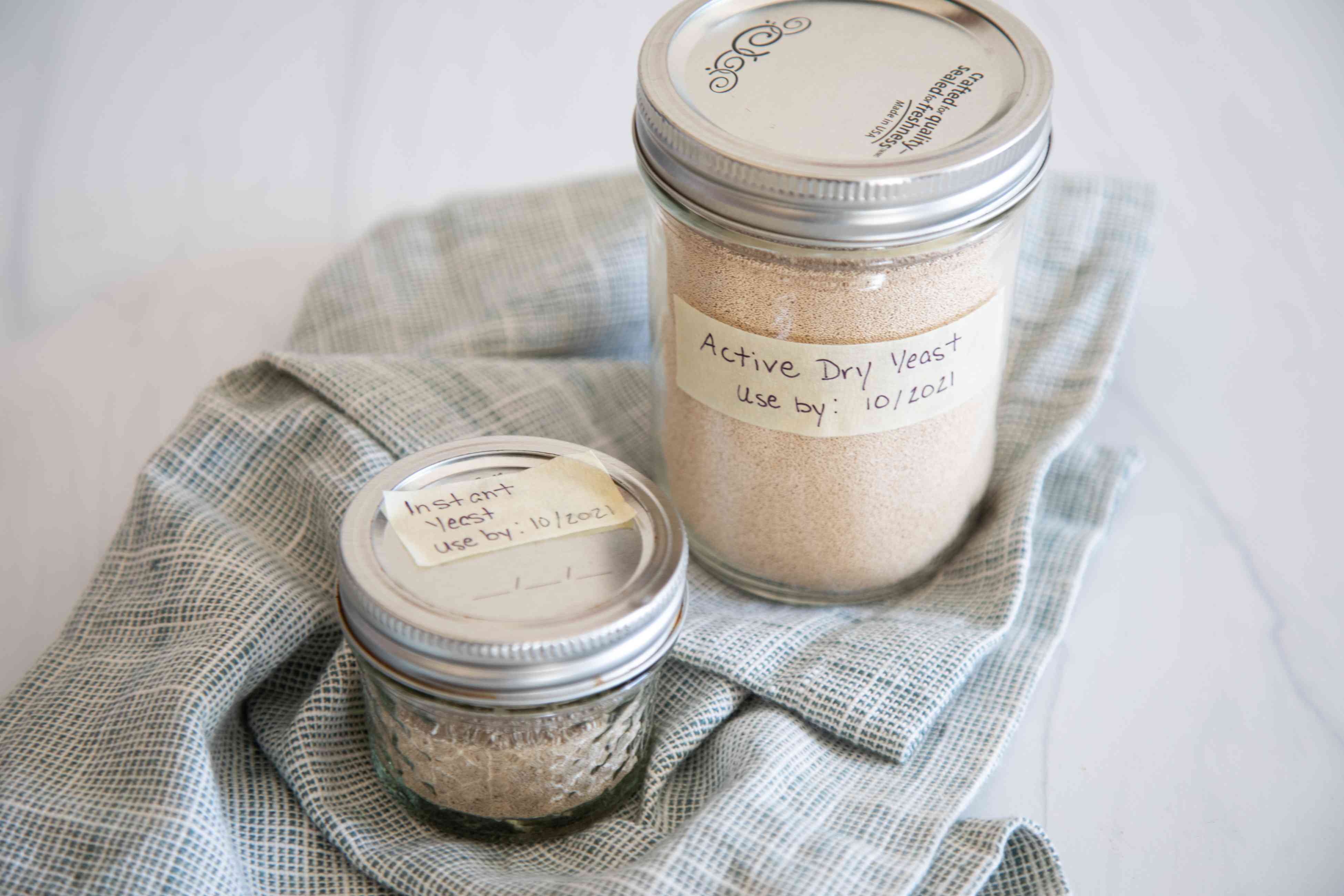
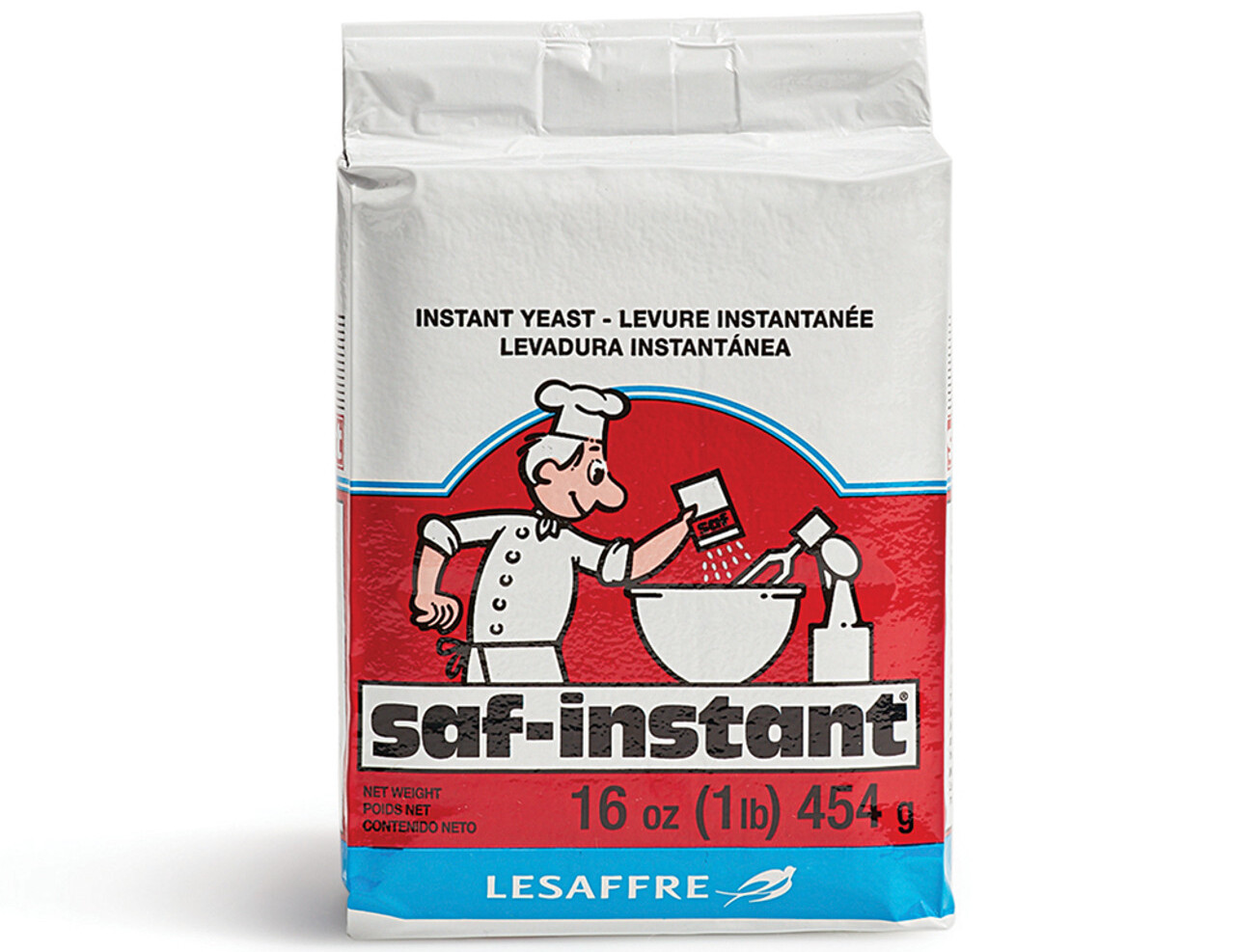
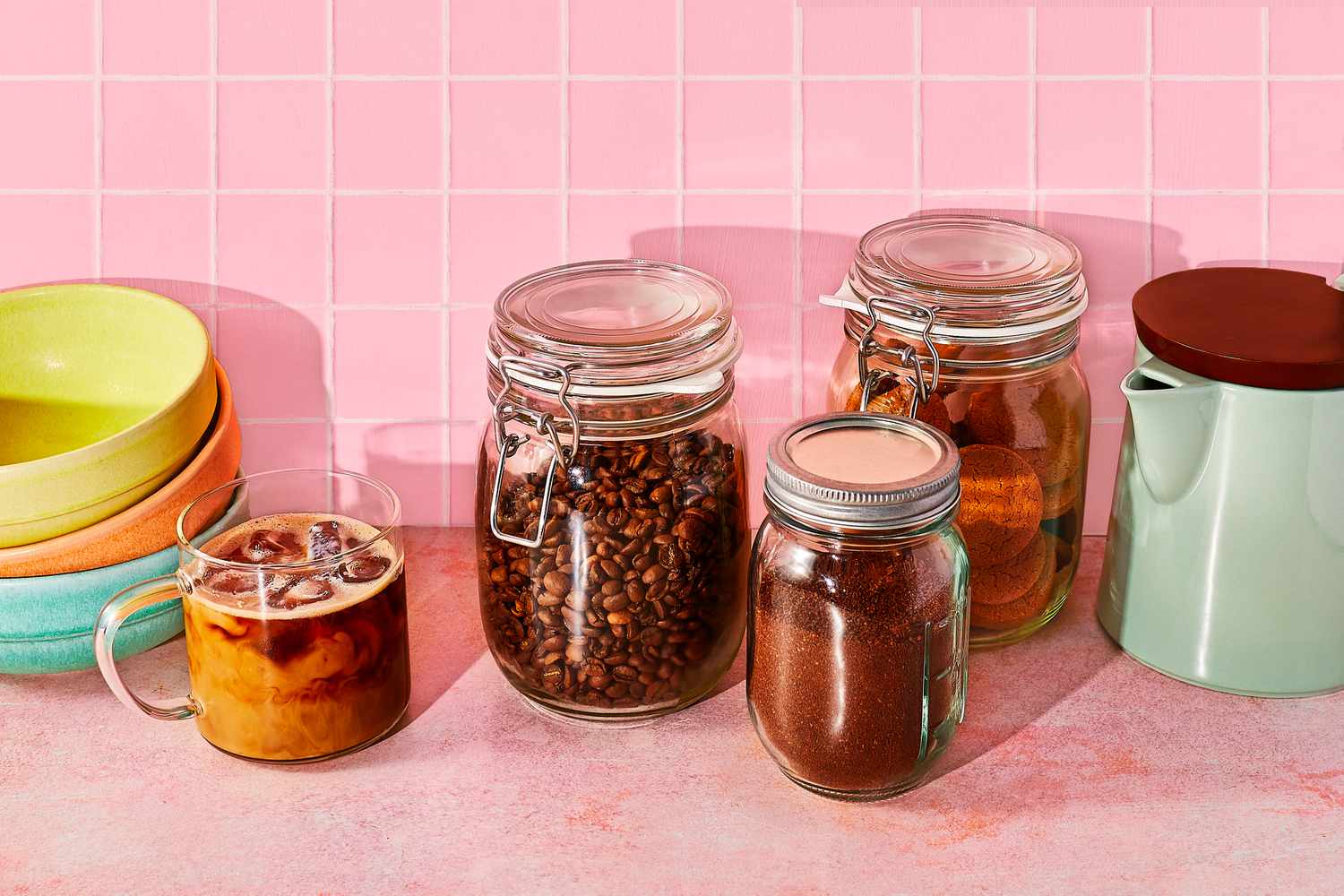

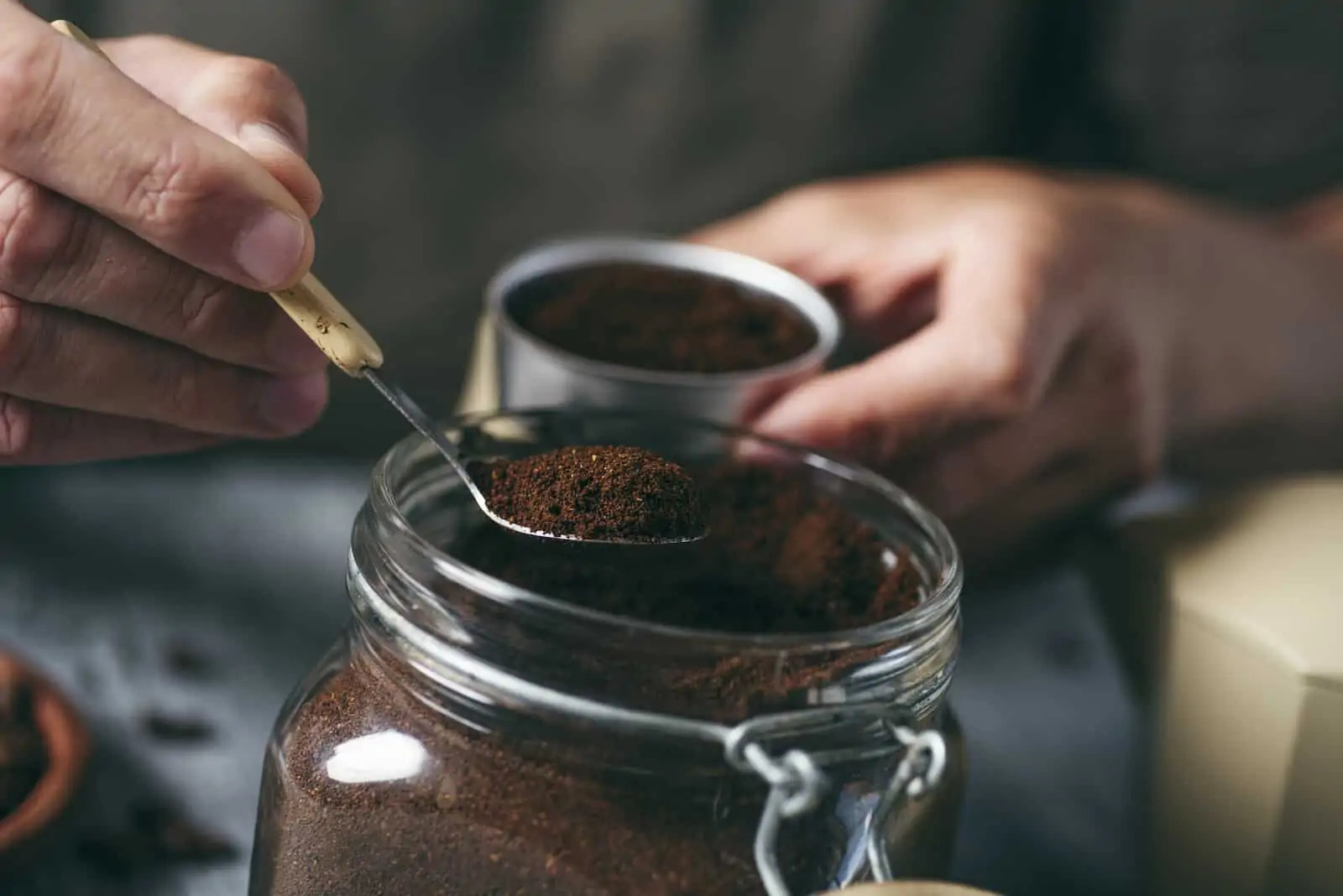
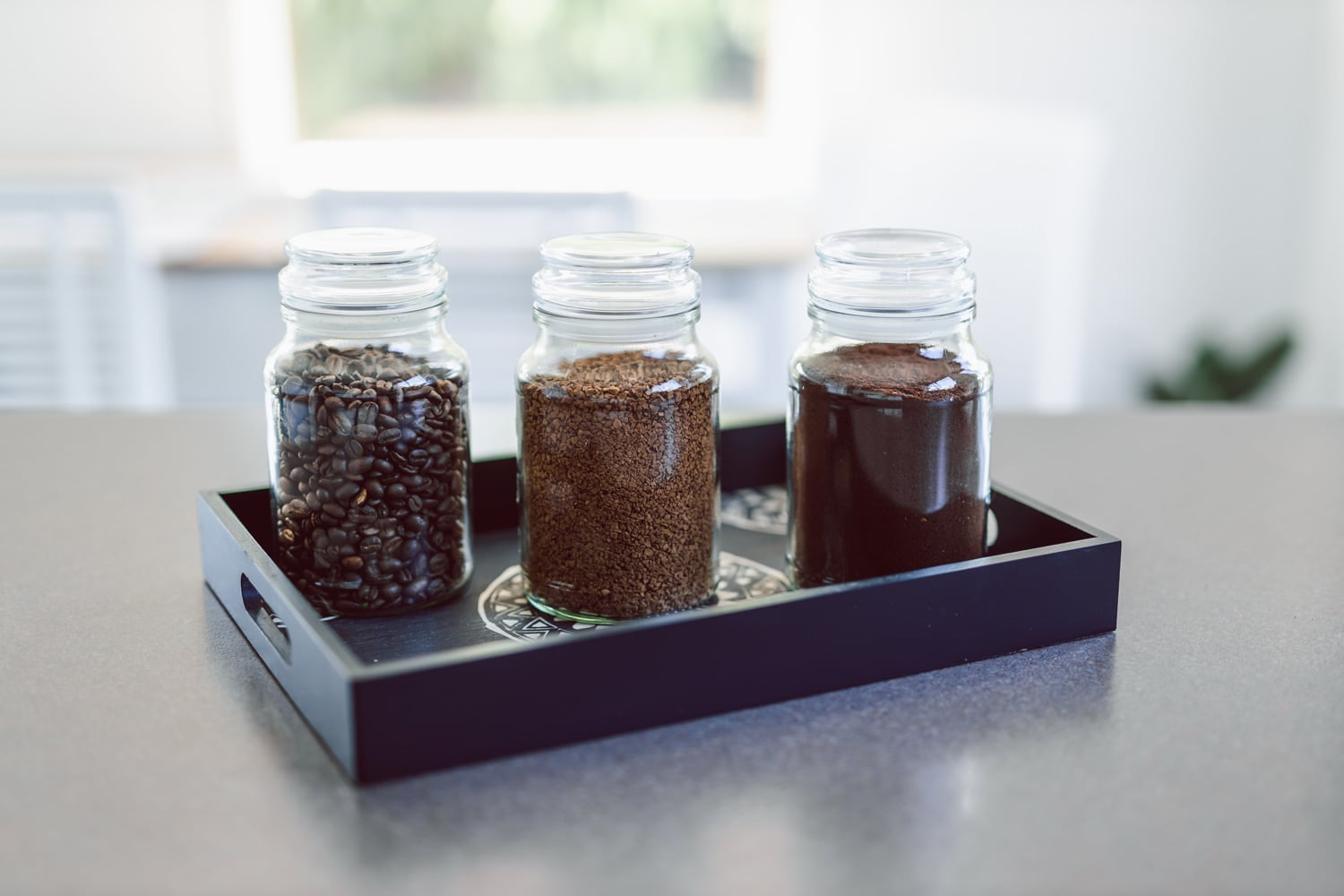
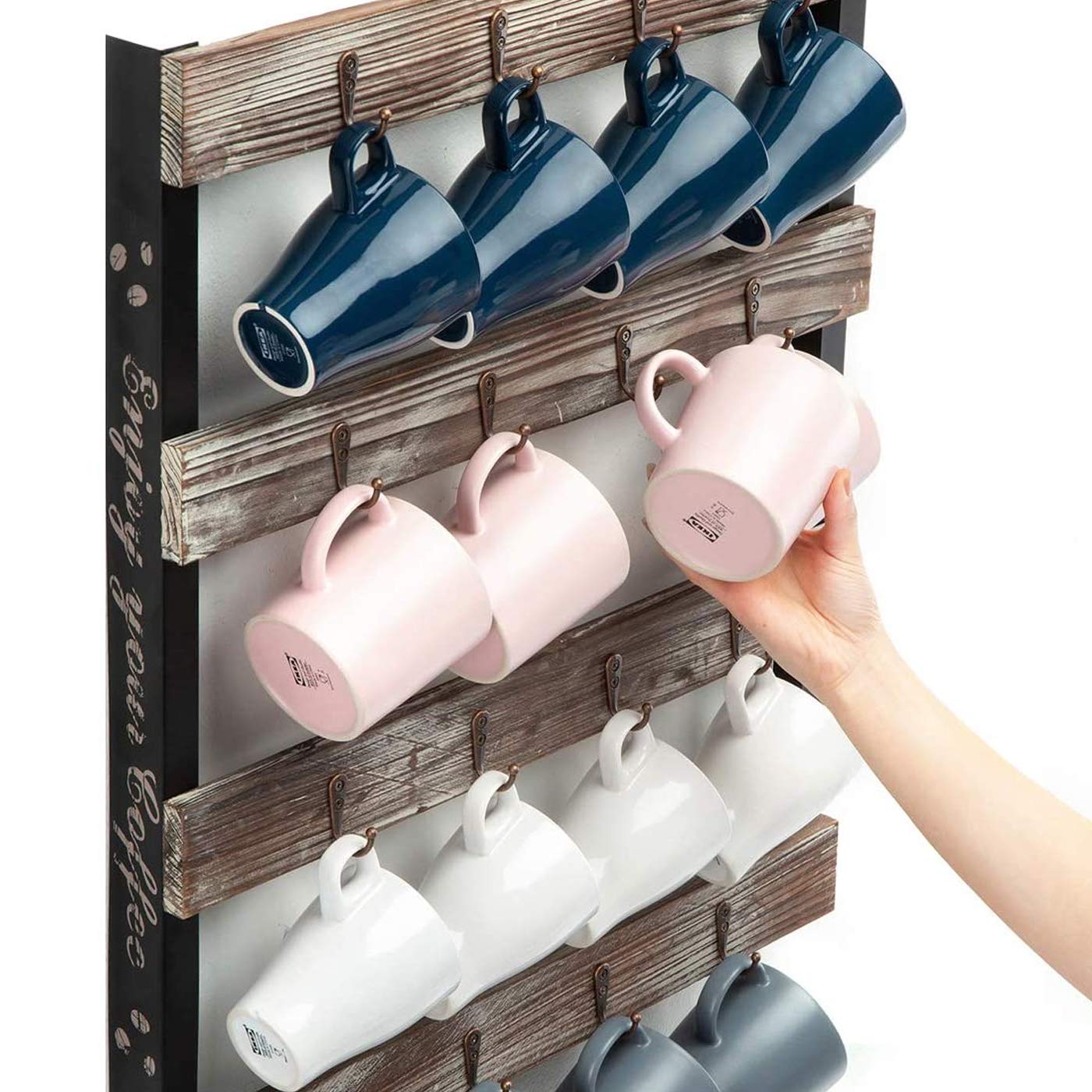
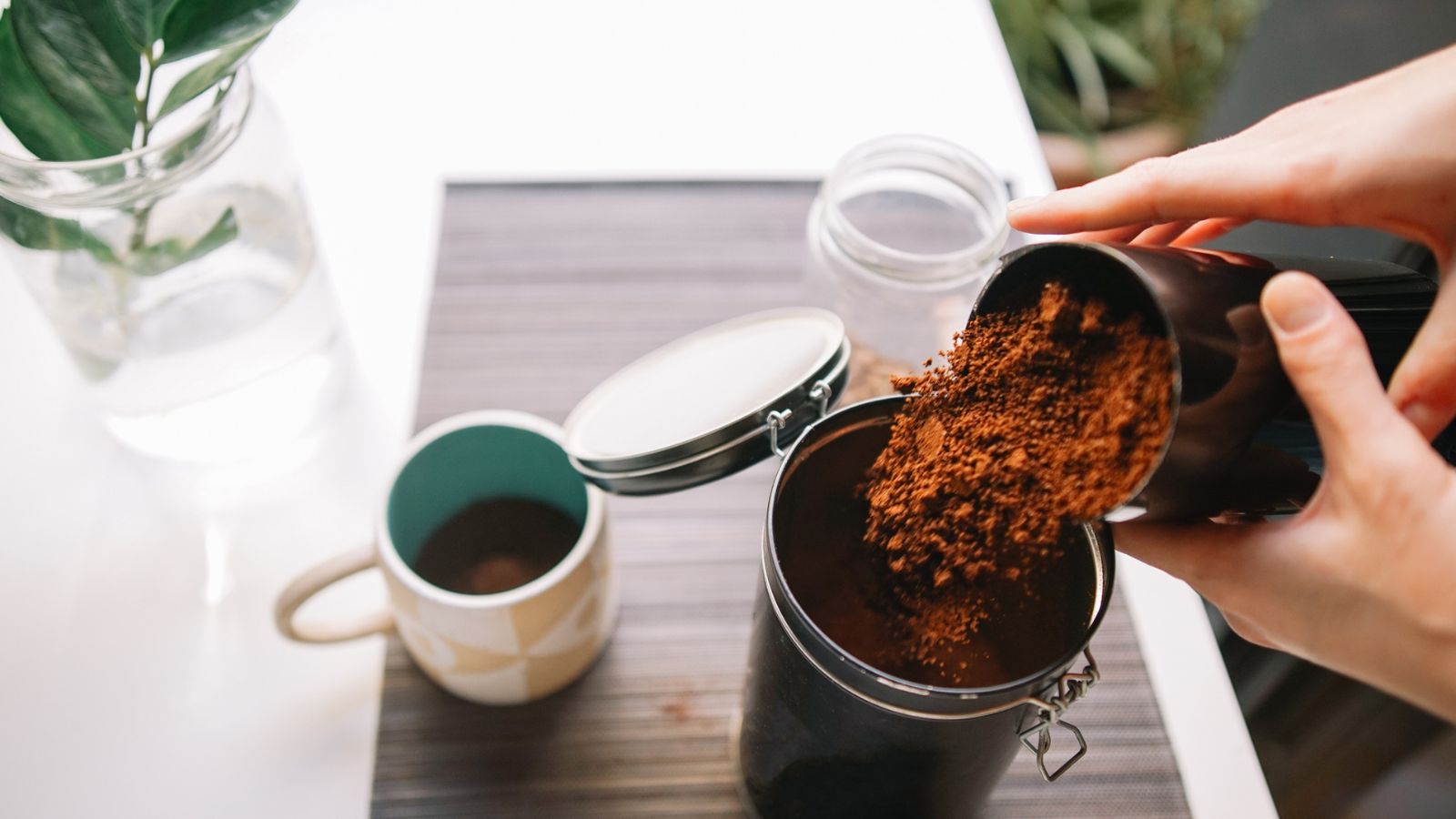
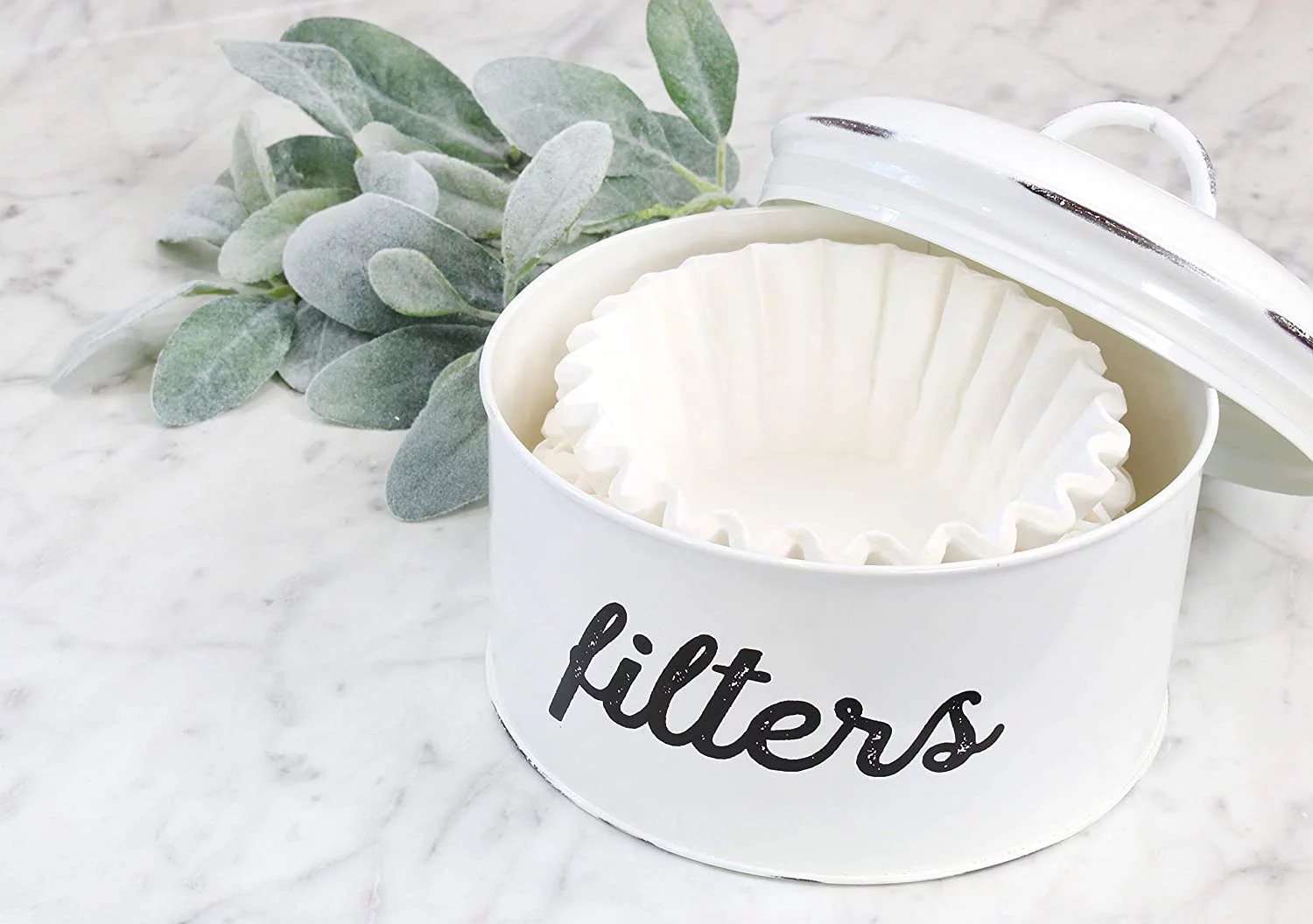

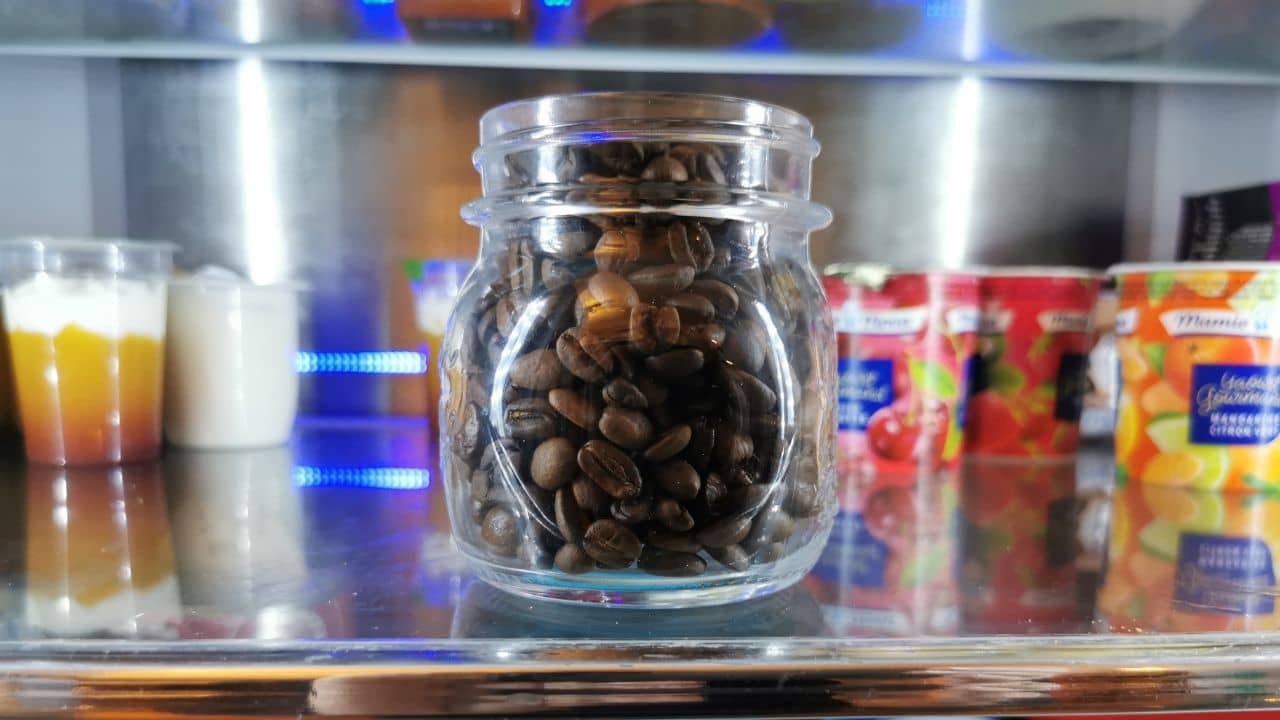
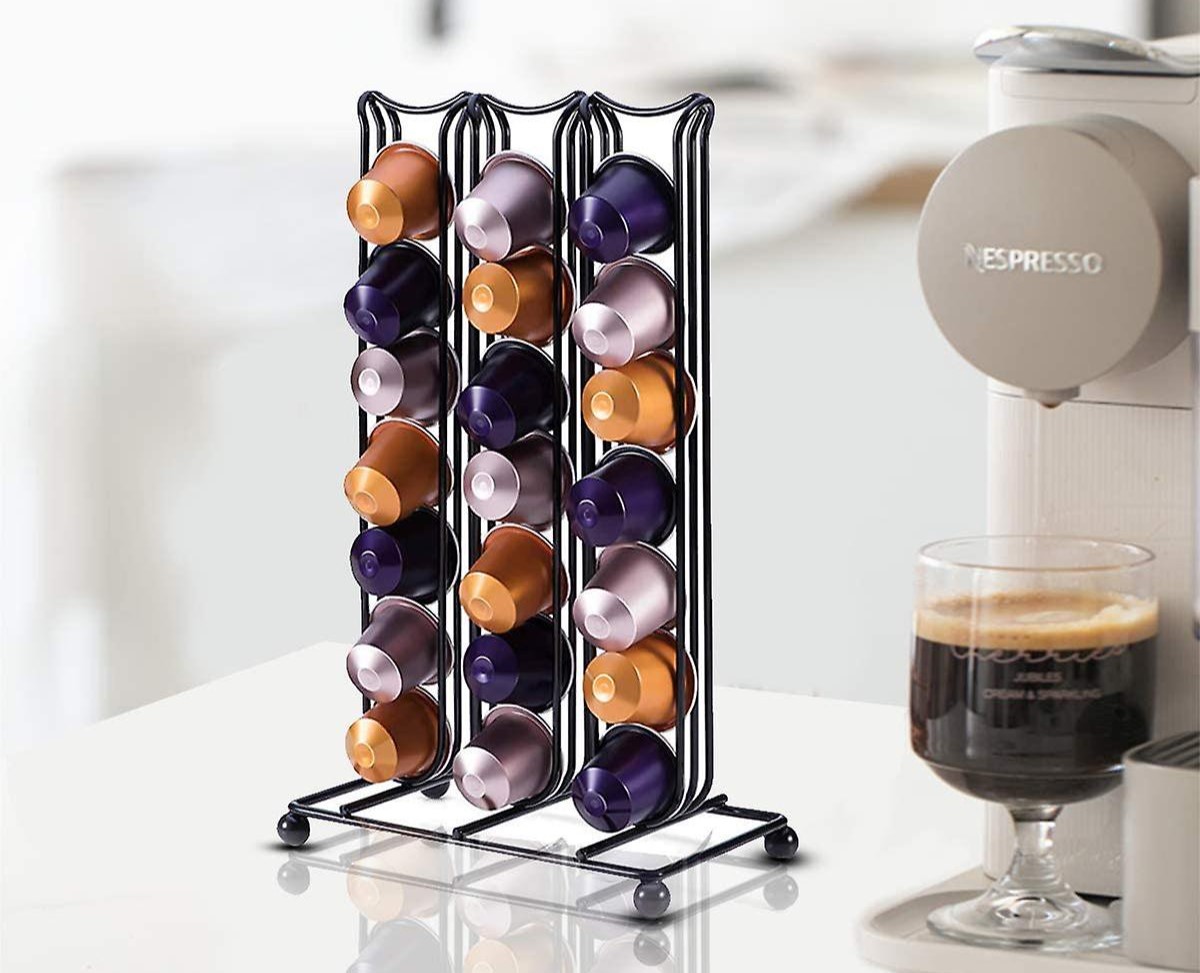


0 thoughts on “How To Store Instant Coffee”